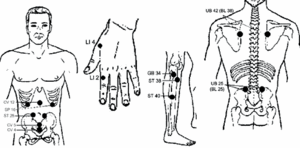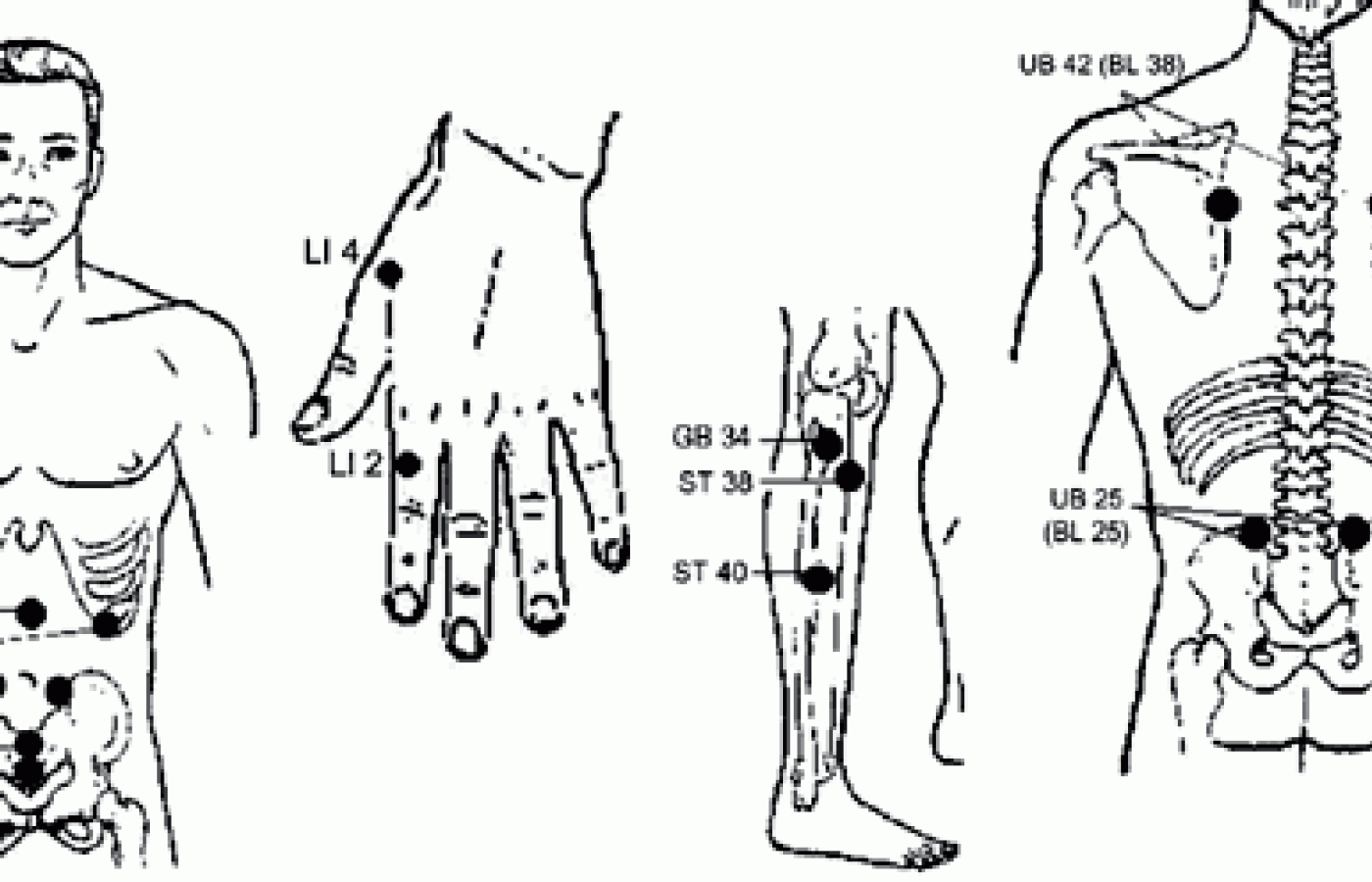People today want convenience, whether it be from their bank, credit card, favorite retail store, or restaurant. They demand it from the companies who hold their loyalty, including their health care providers (you). They don’t want to call and possibly be put on hold, and they want to use an app or schedule an appointment on your website. Here are three reasons your practice can gain by switching to online appointment scheduling.
The Frog in the Well Knows Not of the Great Ocean!
In the early 1970s, when acupuncture was first being introduced to the United States through numerous media reports, the medical profession was less than accepting of this seemingly strange healing art. The first time I ever heard the statement, "The frog in the well knows not of the great ocean," was an angered Chinese response to the American scientific and medical communities allegations of "fraud, quackery and hypnosis" regarding acupuncture. Since that time, I have used this saying often, whenever I respond to someone exhibiting "tunnel vision," or the unwillingness to investigate a matter beyond what is on the surface.
Since I am personally involved with both acupuncture and chiropractic, which unfortunately, are two professions often misunderstood by both the public and the medical profession, I have uttered my sentiments about the frog many times. This article, however, has nothing to do with the politics of the profession, public or scientific misunderstanding, or even tunnel vision for that matter, but it does have to do with thinking "outside of the box" - something I refer to as "lateral thinking."
How often are we, as practitioners, approached by a new patient seeking our help, who reports to having been everywhere and done everything for his or her condition, but to no avail? These patients tell horrendous stories of woe, with pain; suffering; financial loss; and a considerable drain of time, energy and emotions, in the attempt to find relief from their conditions. Since both chiropractic and acupuncture are generally the last stop on the patient's list of practitioners to see for a health condition, we often see the patient when he or she is at the extreme of frustration and loss of patience. Far too often, a patient has already decided before coming to our office that he or she will give this approach a try, but just a very short one. In both acupuncture and chiropractic, it behooves the practitioner to show a dramatic clinical response early in treatment.
When seeing a patient who reports an extensive medical history and a multitude of doctors seen for his or her condition, it is imperative to engage our brains and creativity in lateral thinking - that is, to avoid tunnel vision. Remember, the frog in the well knows not of the great ocean.
Case Studies
A 24-year-old married pharmacy student sought care in my office for severe debilitating lumbar back pain. She reported having back pain for years, but for the last three years, the pain was virtually uncontrollable.
This patient stated she had seen three different orthopedists; a neurosurgeon; had undergone physical therapy; and visited medical physicians specializing in pain. Her X-ray report stated no radiographic evidence of abnormality in the lumbar spine. Her MRI was likewise unremarkable.
Over the last three years, this patient received three epidurals with no response. She also received three spinal nerve blocks, from which she experienced only minimal response that lasted just a few days.
After my initial consultation with the patient, I asked if she could bring in her most recent X-rays for my review before we continued. When she returned with the films, I held the X-ray overhead so that it could be illuminated by the sun coming into the treatment room window. I then inquired about what appeared to be apparent constipation, as her colon revealed the mottled appearance seen in that condition. The colon's size and shape also were of considerable question. She related having a history of constipation from the time she was eight, and reported using mineral oil and enemas the vast majority of her life. A normal bowel movement was totally unheard of.
As an undergraduate in college she complained of considerable abdominal pain and was diagnosed with irritable bowel syndrome. None of this information had ever been discussed prior to my comment about her being constipated. She was treated with my favorite acupuncture approach to constipation, following one meridian balancing treatment as shown by the electro meridian imaging (EMI) evaluation.
The patient returned to the office the following week, literally glowing; she had normal bowel movements multiple times throughout the last four days and her back pain was completely gone. (Her back pain has yet to return after almost two full months.)
Perhaps one of my most striking cases of lateral thinking concerned a young man (32) who was escorted into the office by his mother and his wife. He required assistance to walk and needed constant attention in his everyday movements. The most obvious physical clue that he was extremely ill, other than his lack of ambulation, was his coloring: He was literally khaki green. He presented as an advanced case of cancer and AIDS.
This patient had just moved to Arizona from Georgia with his wife and child. The reason for his move, as obviously ill as he was, was that his physicians had said he'd be dead within the next three to four months. He'd moved to Arizona so his wife and little girl could be close to his mother when he passed.
He stated he had been diagnosed with Whipple's syndrome, is a malabsorptive disease that affects the immune system, and often the heart, lungs and brain. Symptoms include weight loss; fatigue; abdominal pain; loss of appetite; and diarrhea. It is considered rare, and is often fatal. Medical treatment consists of extensive antibiotic therapy; in his case, he was taking millions of units of penicillin a day in an attempt to prolong his life. Whipple's disease is caused by bacteria that affect the villi of the small intestine, which effectively negates nutrients from being absorbed into the body. Recovery may take up to two years and full relapses are common, making this disease one to monitor for years in survivors.
His reason for seeking my assistance was primarily his mother's thought that possibly we could help ease his horrendous abdominal pain in the last days of life. His EMI examination showed major pathologic splits in 10 of the 12 meridians, with the other two being literally off of the charts. His condition was grave. In discussing Whipple's syndrome with him (because frankly, I had never come across it before), I palpated his abdomen and found it to have the same general feeling as the top of my desk. When I inquired about his abdominal pain and bowel habits, he described his excrement as equivalent to that of a rabbit's "every two or three weeks." I discovered this had been going on for at least three years, and perhaps longer than four years.
With this knowledge, I treated him with my favorite acupuncture approach for constipation (as mentioned earlier in this article). Two days later he returned for a follow-up treatment, at which time he asked, "What did you do to me on that last visit?" When I asked him why, he responded, "Because I had a major evacuation." (He had defecated so much, he was unable dispose of it with one "flush.")
In essence, this gentleman did not have Whipple's syndrome: He was merely severely constipated. The millions of units of penicillin he had been treated with were totally inappropriate. One month later, he began working for a landscape company. He settled down with his family in Arizona, and enjoyed hiking and taking his daughter to soccer practice. (That was 16 years ago! He has been in perfect health for all of that time. He visits the office for routine maintenance treatment four times a year, whenever the seasons change.)
The above patient's physicians had never considered something as simple or as common as constipation. In this case, the frog in the well knew not of the great ocean.
Even though the illustrations at the end of this article are specific to what I have referred to as my favorite acupuncture approach for constipation, sometimes just using a portion of this entire approach has incredible effects. Two of the most significant points for constipation are the simple combination of GB34 and ST40. This was taught to me 30 years ago in Asia. It has always been one of my most landmark approaches to constipation.
Years ago, when I practiced in Kansas City, I attended a farmer from a neighboring town who walked with a considerable limp, due to extreme osteoarthritis of the knee. As part of my approach to the treatment of his knee, I used (among other points) GB34 and ST40. On his next visit this gentleman also asked, "What did you do to me on that last visit?" When I inquired why he was asking, he stated he felt considerable improvement in his knee and decided to take a walk out to the mailbox - something he would never have considered doing before, as the mailbox was over a half mile from his house. He stated that during the walk, he experienced pain in his rectal area, which became quite uncomfortable; then he realized he had just defecated in his pants. He went on to tell me he had not experienced what most would consider a "normal" urge to evacuate in recent memory. He had not moved his bowels without the use of an enema in over 25 years. The discomfort he had felt in his rectum was nothing more than a normal urge to evacuate. He hadn't recognized that urge, as it had been years since he had experienced that sensation.
The gentlemen went on to have relatively good response with his knee; however, he remained a general patient of mine until I moved to Arizona 10 years later, and never complained of constipation again. His bowels returned to normal. He told hundreds of people how he messed his pants, and was actually quite proud of it!
Always remember the importance of lateral thinking, and realize everything is often times not the way it seems. The frog in the well knows not of the great ocean!




